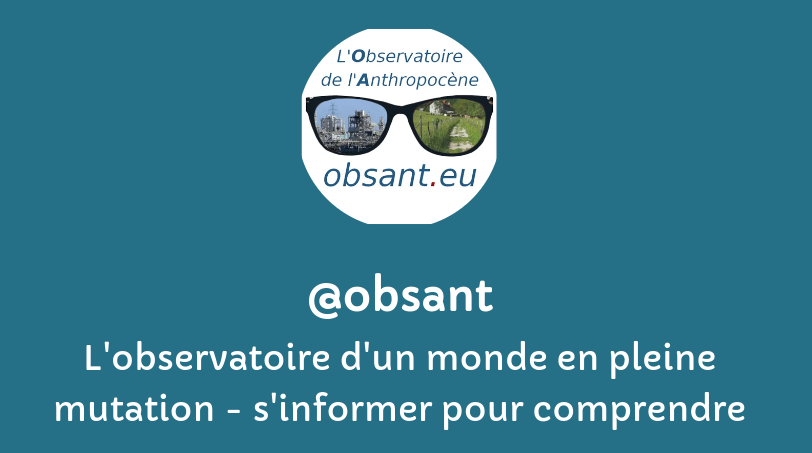Recherche : Articles ![]() Audio – podcast
Audio – podcast ![]() Fiches
Fiches ![]() Livres
Livres ![]() Sites
Sites ![]() Vidéos
Vidéos ![]() retour Veille
retour Veille
Uniquement les Articles de la décennie 2010
Pour voir les références d’un(e) auteur(e), cliquez sur son nom. Pour revenir à la page, utilisez le bouton refresh ci-dessous.
Cela fonctionne également avec les mot-clés de chaque référence.
filtre:
food
Climate change has been relatively kind to banana suppliers so far – but in the decades to come, friend may turn to foe. Temperatures are likely to get so hot that the annual production gains enjoyed by banana suppliers will begin to drop. And in some places, total banana yields will begin to decline.
There is a big shortfall between the amount of food we produce today and the amount needed to feed everyone in 2050. There will be nearly 10 billion people on Earth by 2050—about 3 billion more mouths to feed than there were in 2010. As incomes rise, people will increasingly consume more resource-intensive, animal-based foods. At the same time, we urgently need to cut greenhouse gas (GHG) emissions from agricultural production and stop conversion of remaining forests to agricultural land.
Well, cacao plants seem to be increasingly victims of fungal disease and climate change. Climate change may increase coastal flooding, worsen wildfires and hurricanes, foster the spread of insect-borne diseases, destroy coral reefs, threaten hundreds of animal species, and erode our current way of life, but jeopardize chocolate? .....
Phosphorus is an essential nutrient for all forms of life. It is a key element in our DNA and all living organisms require daily phosphorus intake to produce energy. It cannot be replaced and there is no synthetic substitute: without phosphorus, there is no life.Reserves are limited and not equally spread over the planet.
To prevent crop damage, over the last 30 years farmers have increased the altitude at which they plant potatoes by more than 1,000 metres, said Mamani. The curator of the CIP germplasm bank, Rene Gómez, predicts that at this rate of prolonged drought and high temperatures for much of the year, followed by severe frost and plunging temperatures that freeze up the fields, potatoes are “absolutely at risk” in Peru’s highlands. “I estimate that in 40 years there will be nowhere left to plant potatoes [in Peru’s highlands],” ...
Generating three centimeters of top soil takes 1,000 years, and if current rates of degradation continue all of the world's top soil could be gone within 60 years, a senior UN official said
While the element phosphorus is not scarce in the earth’s upper crust, the amount that can be accessed for productive use in food production is orders of magnitude smaller due to a wide range of bottlenecks including physical, economic, technical, geopolitical, legal, ecological and environmental constraints. From a food security and sustainability perspective, the most important quantity is not the total amount of phosphate rock in the ground but the fraction that is available to be accessed by farmers and applied to agricultural fields for food production.
![]()


